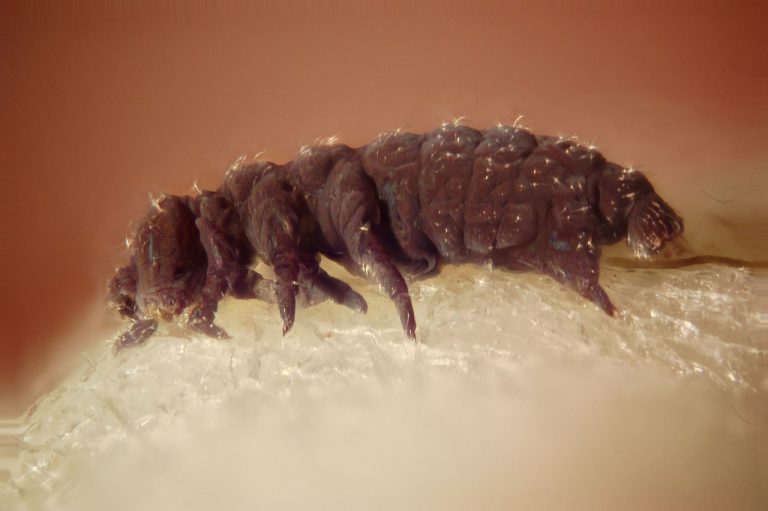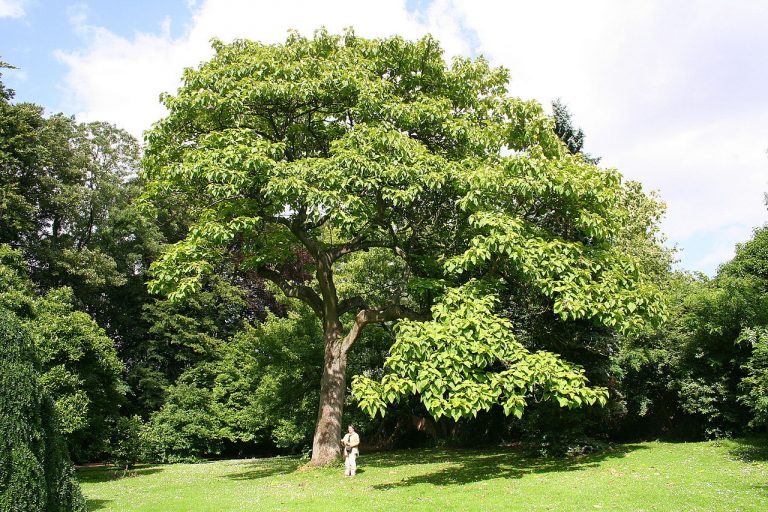Amaryllis – A Rare Breed with Sensational Flowers
Scientific Classification
| Kingdom: | Plantae |
| Clade: | Angiosperms |
| Clade: | Monocots |
| Order: | Asparagales |
| Family: | Amaryllidaceae |
| Subfamily: | Amaryllidoideae |
| Genus: | Amaryllis |
| Species: | Amaryllis belladonna, Amaryllis paradisicola snijman |
Amaryllis belongs to the tiny genus comprising two types of bulbs that flower. Among them Amaryllis belladonna is well known; its origin is in the West Cape Province of South Africa, especially from the southwestern rocky region from the valley around River Olifants to Knysna. Botanically, they use the term ‘amaryllis’ primarily for the cultivars of the Hippeastrum variety bloom interiors and hence sell extremely well during the winter months. Other names for plants belonging to the Amaryllis genus are Jersey Lilly, Amarillo, Belladonna, and Naked Lilly, while in South Africa alone they call it March Lilly for its inclination for flowering in March.
Summary
- Planting period: From October to April end.
- Flowering Period: End of December to late June.
- Flowering time: 7 to 10 weeks.
- Bigger the bulbs more the number of flowers.
- At all times, stock up the un-used bulbs in a cool area in 40-50°F.
Anatomy

Photo by: Stan Shebs
Among all the bulbs that flower, the amaryllis flowers bloom most easily. You can grow them indoors or outdoors, for an extensive period. The botanists call them Hippeastrum and they originate from the tropical areas of Southern America. The world over they are in great demand and have gained popularity, since they are big is size and easy to flower. The Amaryllis appears in attractive shades ranging from red, pink, white, orange and salmon. Many of them come with stripes in colorful combinations of white with red or pink.
How to Cultivate Domestically
People value them for their ability to generate big and multicolored flowers in the interiors during the fall (South African Amaryllis) or during the unfathomable winter months (Dutch Amaryllis). You would do well to learn quick Tips for growing the plant.
Preparation for Planting
Keep the roots and the bottom of the amaryllis bulbs in tepid warm water for some hours. Bear in mind that, if it is not possible for you to plant the bulbs as soon as you get them, then stock them up in a cool temperature of 40-50°F.
Planting
Plant the bulbs in healthy and nutritious potting manure; in the market, you can obtain them in compost form. See that the roots are intact and plant the bulbs in the compost neck deep. To secure the bulb tightly compress the soil after you have planted the bulb.
Placement and Watering
Heat is an important factor for the growth of the stems; hence keep the potted bulb or plant the bulb in a warmer area in order to get direct sunlight. The suitable temperature is 68-700F. Until the stems appear, water them in moderation, later when the buds and leaves begin to emerge, water more frequently. Here the stem grows fast, and when the plant attains full growth Amaryllis will start flowering.
Flowering Period
Generally, flowers will bloom in 7-10 weeks time. It will take longer time to flower in winter than in spring. Bear this in mind and program planting to between October and April. Planting with a gap of 2 weeks helps continuous blossoming and striking colors, making your garden colorful.
After-Bloom Care
Growing Amaryllis in Stones and Water: Stones and water are sufficient for these big bulbs to bloom in abundance. In order to “plant” these bulbs, first place pebbles or river stones in your Bulb vase or Hurricane vase or in a clear glass planter to a height of 4 inches.
Amaryllis as Cut Flowers:

Photo by: KENPEI
Amaryllis appears dazzling when you cut the stem of the flowers and arrange them in a strapping vase. The right time to cut their flower stem is as soon as the first bud attains a dark color and is about to blossom. This signifies that all the other buds on that very stem are fully-grown and will bloom. Cut the bottom of the stem at right angles to make it stay firmly in the vase.
Please note: When you ship Pre-potted Amaryllis, make sure to place ornamental Spanish moss on top of each pot. Trim the rubber band, that keeps the Spanish moss intact and place the moss in an ornamental pattern around the bulb to appear attractive.

Having discovered a fondness for insects while pursuing her degree in Biology, Randi Jones was quite bugged to know that people usually dismissed these little creatures as “creepy-crawlies”.







